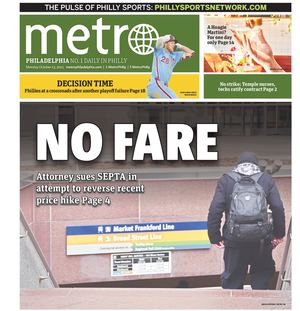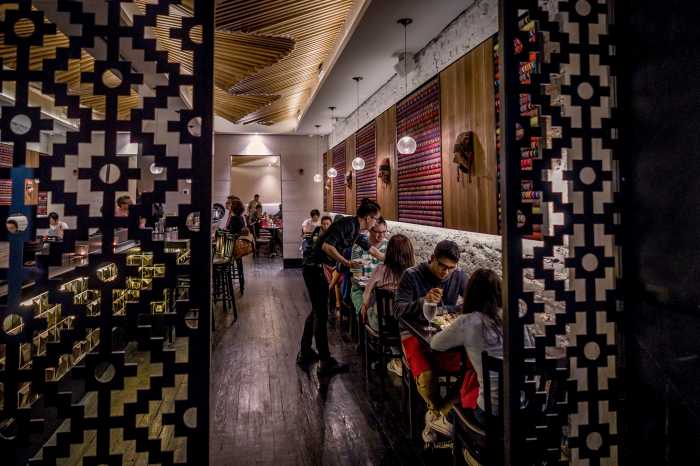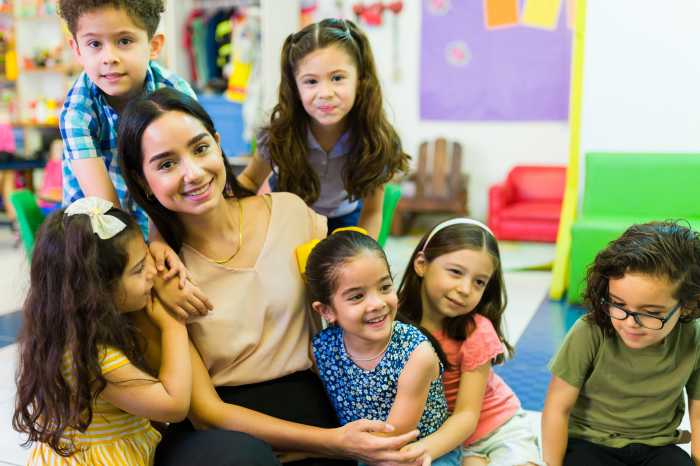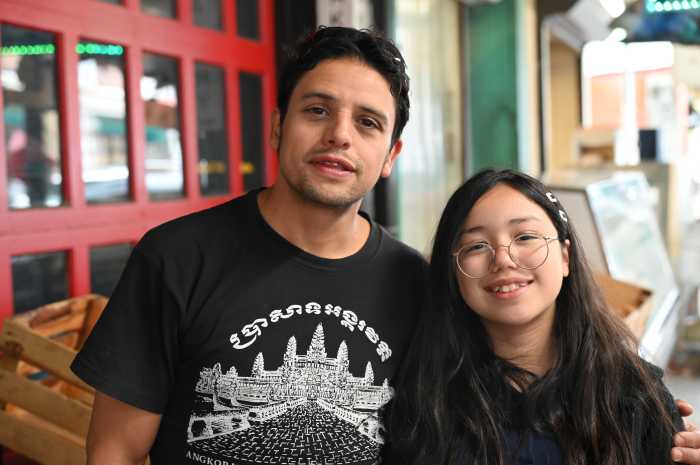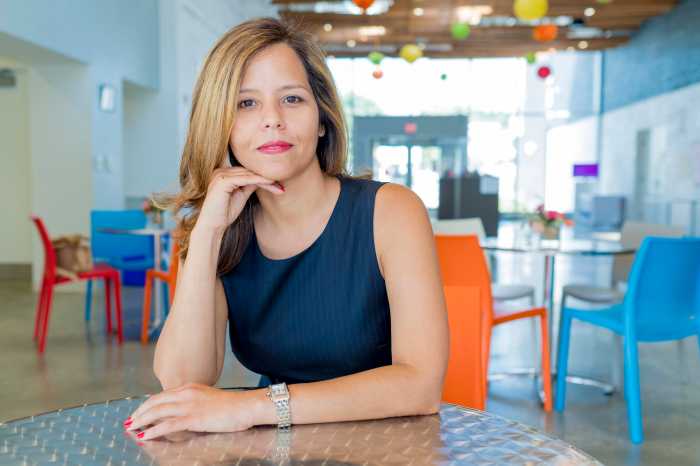Philadelphia has never been more diverse, and Latine families play a central role in that transformation. As of 2024, over 16% of the city’s population identifies as Latine. While many are recent arrivals from Puerto Rico, the Dominican Republic, and Mexico, most Latines living in Philadelphia today were born here. They now represent a growing share of the city’s second- and third-generation residents.
At the same time, new immigrants continue to arrive from Asia, the Caribbean, and Latin America. Their U.S.-born children, especially within Latine families, are helping reshape what it means to belong in Philadelphia.
“I think it’s important to associate with some type of identity, especially if you’re confused about where you fall,” said second-generation Mexican American Anisa Cabrera.
Yet public conversations often focus on immigrants themselves, not their children or grandchildren—that is a problem.
Second- and third-generation Latines are not just inheriting culture; they are actively defining the city’s identity, culture, and civic life.
Who counts as second- or third-generation?
The U.S. Census Bureau defines second-generation individuals as U.S.-born people with at least one immigrant parent. Third-generation or higher means both the individual and their parents were born in the U.S., with immigration in the family history going back to grandparents or earlier.

The terms help explain how language, identity, and culture shift over time, especially in a city like Philadelphia, where many families live between multiple cultural spaces. Second- and third-generation Latines often serve as bridges between those spaces, translating, adapting, and passing traditions forward.
Language, identity, and cultural continuity
Language is often the clearest indicator of generational change. Many second-generation Latines grow up bilingual, speaking Spanish at home and English in school. But that’s not always the case.
“I noticed a lot of the time Puerto Ricans don’t transfer the language to their kids,” Arianna Alfaro, a second-generation Puerto Rican, said. “I can’t say why, because both my parents’ first language was Spanish, and I’m just confused why I wasn’t taught it.”
She eventually learned Spanish through school and community, but not at home.
By the third generation, English usually dominates. Still, Spanish often holds emotional and cultural significance. Two Colombian-Mexican second-generation sisters from Northeast Philly reflect this generational contrast. The older sister learned Spanish first and still speaks it fluently. The younger one learned English first and now speaks little Spanish.
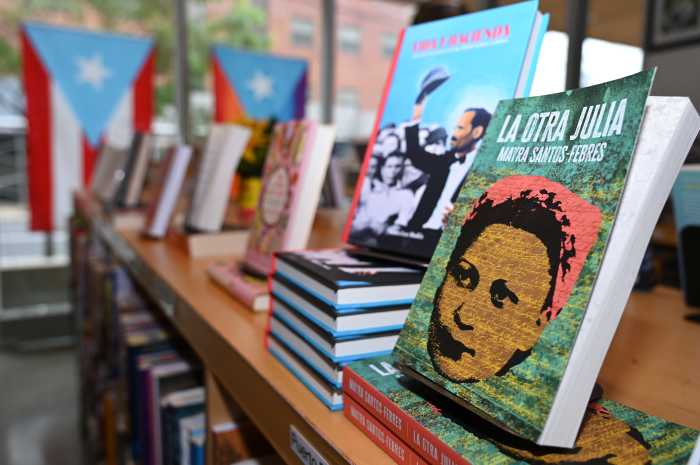
“Now as an adult, when I speak with my mother in Spanish,” Roxann Lara, the younger sister, said. “I wish I had learned the language as a child so I could communicate without a barrier. That’s part of why I enrolled my sons in a Spanish immersion program at a public school.”
This is not an uncommon occurrence as generations migrate.
“First-born kids usually speak better Spanish because their parents mostly spoke Spanish when they were born,” second-generation Colombian Jeanpaul Gonzalez said. “By the time younger siblings come along, the older ones already speak English, and parents start to lean on that, too. The connection to Spanish fades.”
There’s also pressure in the workplace.
“In work settings, I’m expected to know Spanish to translate,” Alfaro said. “That makes things difficult because it makes me feel like a failure as a Latina not being able to speak Spanish. It’s disheartening to be expected to translate and not be able to.”
According to Pew, Spanish remains the most common non-English language spoken at home in Philadelphia, with around 160,000 speakers. Nationally, 61% of immigrant Latines speak Spanish at home, but that drops to 6% among second-generation Latines and nearly zero by the third. Still, 88% believe it’s important to pass on the language.
“It’s super important to pass on basic knowledge and the language,” Cabrera reiterated. “For me, as a ‘no sabo’ kid with a Mexican father, it’s frustrating.”
The data gap in Philly
Despite growing attention to bilingualism and identity, local data still fails to reflect the full story. Major surveys track birthplace, but rarely include parent or grandparent origin, making it nearly impossible to identify or understand third-generation Latines.
Many programs are still designed with recent immigrants in mind, but that doesn’t help a third-generation teen wrestling with identity loss or a second-generation parent trying to reconnect with Spanish through their children.
Why it matters now
Too often, the Latine community is treated like a monolith when the reality is far more layered.
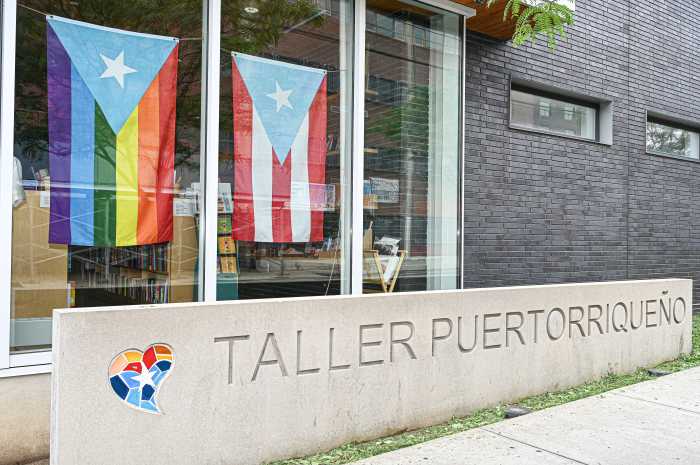
That’s why community storytelling and cultural preservation matter. Organizations like Taller Puertorriqueño, Concilio, and Pequeños Pasos are doing that work through arts, early childhood programs, oral histories, and cultural events. They help multigenerational Latines feel connected to their stories and their place in the city.

Metro Philadelphia is one of more than 25 news organizations powering the Philadelphia Journalism Collaborative. We do solutions reporting on things that affect daily life in our city where the problem and symptoms are obvious, but what’s driving them isn’t. Follow us at @PHLJournoCollab
¿Segunda o tercera generación? Lo que estos términos significan para la identidad latina en Filadelfia
Metro Philadelphia y 2PuntosPodcast están colaborando para producir una serie que destaca a latinos de segunda y tercera generación en Filadelfia.
Por Garett Fadeley, 2PuntosPlatform
Filadelfia nunca ha sido más diversa, y las familias latinas juegan un papel central en esa transformación. A partir de 2024, más del 16 % de la población de la ciudad se identifica como latina. Si bien muchas personas son recién llegadas de Puerto Rico, la República Dominicana y México, la mayoría de los latinos que viven hoy en Filadelfia nacieron aquí. Ahora representan una proporción creciente de los residentes de segunda y tercera generación.
Al mismo tiempo, siguen llegando nuevos inmigrantes de Asia, el Caribe y América Latina. Sus hijos nacidos en EE. UU., especialmente dentro de familias latinas, están ayudando a redefinir lo que significa pertenecer en Filadelfia.
“Creo que es importante identificarse con algún tipo de identidad, especialmente si estás confundido sobre dónde encajas”, dijo Anisa Cabrera, mexicana estadounidense de segunda generación.
Sin embargo, las conversaciones públicas a menudo se centran en los inmigrantes mismos, no en sus hijos o nietos—y eso es un problema.
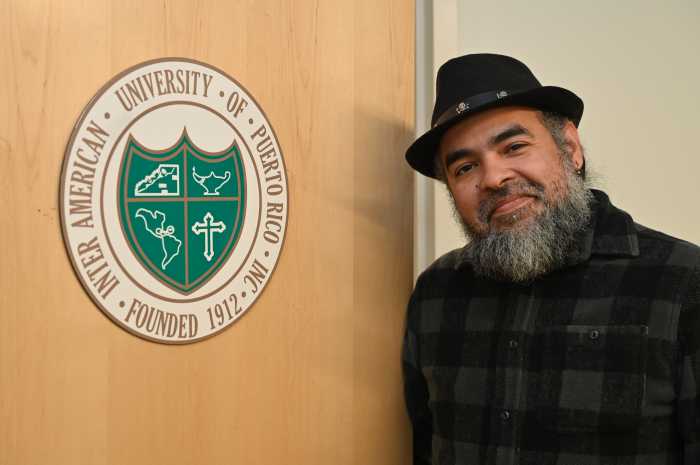
Los latinos de segunda y tercera generación no solo heredan cultura; están definiendo activamente la identidad, la cultura y la vida cívica de la ciudad.
¿Quién cuenta como segunda o tercera generación?
La Oficina del Censo de EE. UU. define como personas de segunda generación a quienes nacieron en Estados Unidos y tienen al menos un padre inmigrante. Tercera generación o más se refiere a quienes, tanto ellos como sus padres, nacieron en EE. UU., y tienen historia migratoria a partir de los abuelos o generaciones anteriores.
Estos términos ayudan a explicar cómo cambian la lengua, la identidad y la cultura a lo largo del tiempo, especialmente en una ciudad como Filadelfia, donde muchas familias viven entre varios espacios culturales. Los latinos de segunda y tercera generación a menudo actúan como puentes entre esos espacios, traduciendo, adaptando y transmitiendo tradiciones.
Lengua, identidad y continuidad cultural
El idioma suele ser el indicador más claro del cambio generacional. Muchos latinos de segunda generación crecen siendo bilingües, hablando español en casa e inglés en la escuela. Pero no siempre es así.
“He notado que muchas veces los puertorriqueños no les enseñan el idioma a sus hijos”, dijo Arianna Alfaro, puertorriqueña de segunda generación. “No sé por qué, porque el primer idioma de mis padres fue el español, y me confunde que no me lo hayan enseñado”.
Eventualmente aprendió español en la escuela y la comunidad, pero no en casa.
En la tercera generación, el inglés suele predominar. Aun así, el español conserva un significado emocional y cultural. Dos hermanas de ascendencia colombiana y mexicana del noreste de Filadelfia reflejan este contraste generacional. La hermana mayor aprendió español primero y lo habla con fluidez. La menor aprendió inglés primero y hoy habla poco español.

“Ahora, como adulta, cuando hablo con mi madre en español,” dijo Roxann Lara, la hermana menor. “Desearía haber aprendido el idioma de niña para poder comunicarme sin barreras. Por eso inscribí a mis hijos en un programa de inmersión en español en una escuela pública”.
Esto no es poco común a medida que avanzan las generaciones.
“Los hijos mayores usualmente hablan mejor el español porque los padres hablaban más español cuando nacieron”, dijo Jeanpaul González, colombiano de segunda generación. “Para cuando nacen los hermanos menores, los mayores ya hablan inglés y los padres empiezan a apoyarse más en eso. La conexión con el español se va perdiendo”.
También hay presión en el entorno laboral.
“En el trabajo esperan que sepa español para traducir”, dijo Alfaro. “Eso me complica las cosas porque me hace sentir que fracaso como latina al no poder hablar el idioma. Es desalentador que se espere que traduzca y no poder hacerlo”.
Según Pew, el español sigue siendo el idioma no inglés más hablado en los hogares de Filadelfia, con alrededor de 160,000 hablantes. A nivel nacional, el 61 % de los latinos inmigrantes habla español en casa, pero eso cae al 6 % en la segunda generación y casi a cero en la tercera. Aun así, el 88 % considera importante transmitir el idioma.
“Es súper importante transmitir el conocimiento básico y el idioma”, reiteró Cabrera. “Para mí, como una niña ‘no sabo’ con un padre mexicano, es frustrante”.
La falta de datos en Filadelfia
A pesar de la creciente atención al bilingüismo y la identidad, los datos locales todavía no reflejan la historia completa. Las encuestas principales rastrean el lugar de nacimiento, pero rara vez incluyen el origen de los padres o abuelos, lo que hace casi imposible identificar o entender a los latinos de tercera generación.
Muchos programas siguen diseñados pensando en los inmigrantes recientes, pero eso no ayuda a un adolescente de tercera generación que lucha con la pérdida de identidad, ni a un padre de segunda generación que intenta reconectarse con el español a través de sus hijos.
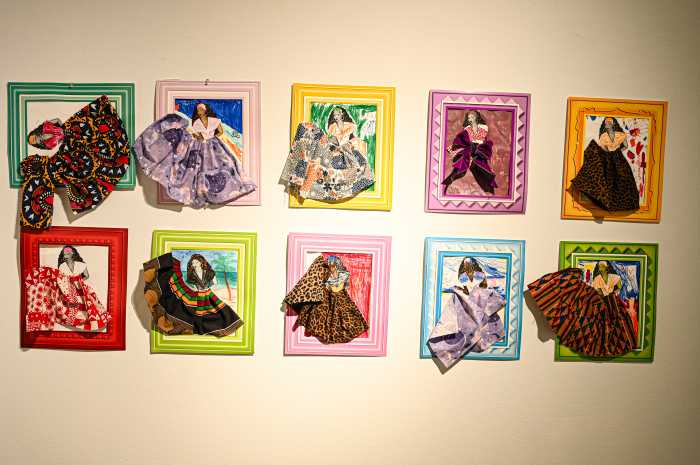
¿Por qué importa ahora?
Con demasiada frecuencia, la comunidad latina es tratada como un bloque uniforme, cuando la realidad es mucho más compleja.
Por eso, la narración comunitaria y la preservación cultural son tan importantes. Organizaciones como Taller Puertorriqueño, Concilio y Pequeños Pasos están haciendo ese trabajo a través del arte, programas de primera infancia, historias orales y eventos culturales. Ayudan a que los latinos multigeneracionales se conecten con sus historias y con su lugar en la ciudad.
Metro Philadelphia es uno de más de 25 medios que impulsan la Philadelphia Journalism Collaborative. Hacemos periodismo de soluciones sobre temas que afectan la vida diaria en nuestra ciudad, donde el problema y sus síntomas son obvios, pero sus causas no tanto. Síguenos en @PHLJournoCollab.
